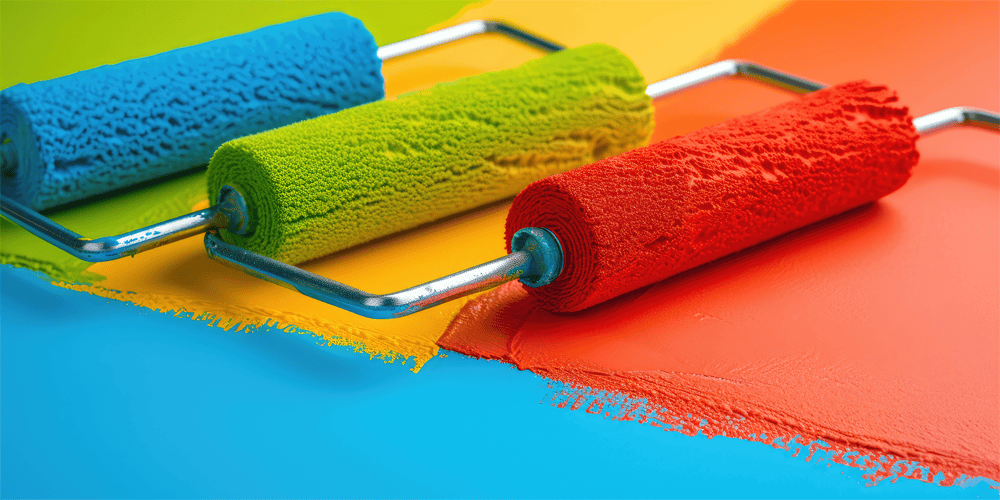The Function of Defoamers in Enhancing Product High Quality and Performance
Defoamers offer as crucial ingredients that mitigate this issue, making sure smoother manufacturing operations while boosting the aesthetic and functional attributes of the final products. The choice of the suitable defoamer can be essential to attaining optimal results, raising crucial inquiries about formula compatibility and efficiency metrics that merit more expedition.
Understanding Defoamers
Understanding the role of defoamers is essential for keeping item top quality throughout numerous industries. Defoamers are chemical ingredients made to protect against the formation and minimize of foam in fluid systems, which can adversely influence processes such as mixing, filling, and surface tension. Lathering can bring about inefficiencies, product flaws, and jeopardized visual charm, making defoamers a critical element in producing operations.
In commercial applications, defoamers assist to enhance item consistency and security. In the paint and finishings market, foam can interfere with the application process and the final coating. In a similar way, in food and drink production, too much foam can hinder bottling and packaging effectiveness (defoamers). The reliable usage of defoamers not just makes certain smoother manufacturing processes yet also adds to superior product performance.
Furthermore, the selection and solution of a defoamer should line up with specific application requirements, such as compatibility with various other ingredients, effectiveness under varying temperature level and pH problems, and potential regulatory restraints. Eventually, recognizing defoamers' features and their relevance in various solutions is essential for maximizing production and guaranteeing the finest quality output.
Sorts Of Defoamers
Defoamers can be categorized into several types based upon their composition and mechanism of action. The primary types consist of silicone-based, non-silicone organic, and inorganic defoamers.
Silicone-based defoamers are among the most reliable, largely because of their capacity to spread out promptly on the liquid surface area and interfere with foam formation. Their distinct chemical structure permits superior stability, making them suitable for high-temperature applications and settings with differing pH levels.
Non-silicone organic defoamers, often made up of fatty acids or all-natural oils, are valued for their biodegradability and lower poisoning. These are usually utilized in food and drink applications where safety and ecological effect are paramount.
Not natural defoamers, which consist of compounds like talc or calcium carbonate, act by increasing the thickness of the fluid, thus minimizing foam security. They are commonly made use of in industrial processes where compatibility with other materials is not an issue.
Each sort of defoamer has distinctive advantages and constraints, enabling for tailored solutions depending upon the details frothing concerns encountered in numerous applications. Comprehending these differences is essential for maximizing efficiency and attaining preferred item high quality.
Applications Throughout Industries
Numerous markets leverage defoamers to improve product top quality and functional effectiveness. In the food and drink sector, defoamers are important in processes such as developing and milk manufacturing to stop foam development, which can bring about inadequacies and item inconsistency. By regulating foam, makers can ensure far better yield and a more uniform product.
In the pharmaceutical sector, defoamers play an important function in the formulation of liquid drugs, where extreme foam can restrain blending and precise application. Their usage aids keep the integrity of the solutions and promotes smoother manufacturing processes.
The paint and layers sector likewise counts on defoamers to boost the efficiency of products throughout application. By lessening foam, these ingredients ensure a smoother coating and enhance the visual qualities of the last product.

Advantages of Utilizing Defoamers
While the application of defoamers differs across markets, their benefits constantly improve product top quality and process performance. One considerable benefit is the decrease of foam development throughout producing processes, which can or else cause production hold-ups and disparities in product quality. By minimizing foam, defoamers make it possible for a smoother circulation of materials, facilitating extra reliable procedures and minimizing the possibility of tools breakdowns.
Additionally, using defoamers can improve the look and texture of last products. In industries such as finishings, paints, and food processing, extreme foam can jeopardize the visual aesthetic appeals and total quality, while the suitable defoamer application makes sure an uniform surface and preferable attributes. Additionally, defoamers can contribute to cost financial savings by lowering waste during manufacturing and enhancing using resources (defoamers).
Picking the Right Defoamer
Picking the best defoamer is critical for maximizing production processes and making sure product quality. The selection of defoamer affects not just the performance of foam control but additionally the general performance characteristics of the final product. Factors to think about consist of the type of application, the chemistry of the formulation, and the environmental conditions under which the product will certainly be utilized.
Various markets might need details defoamer types, such as silicone-based, organic, or polymeric Discover More defoamers. Understanding the compatibility of the defoamer with the main ingredients is necessary to prevent negative responses that can endanger item stability. Additionally, the defoamer's effectiveness in various temperatures and pH degrees have to be evaluated to make certain consistent performance.
Evaluating the defoamer in small applications can supply important understandings into its efficiency and viability. Factor to consider of governing conformity, specifically in food, pharmaceuticals, and cosmetics, is critical in selecting a defoamer. Ultimately, a complete analysis of these variables will lead to the choice of a defoamer that not just controls foam effectively however likewise enhances the high quality and performance of the end product.
Verdict

To conclude, defoamers are crucial ingredients that dramatically improve product high quality and performance across numerous industries. By efficiently minimizing foam formation, these agents not only enhance operational efficiency but also add to the useful and visual honesty of items. The tactical selection and application of defoamers lead to cost savings, maximized source usage, and raised client contentment. Overall, the significance of defoamers in commercial procedures can not be overemphasized, as they play an important function in achieving consistent and top notch end results.
Foaming can lead to ineffectiveness, item defects, and compromised aesthetic charm, making defoamers a crucial component in manufacturing procedures.